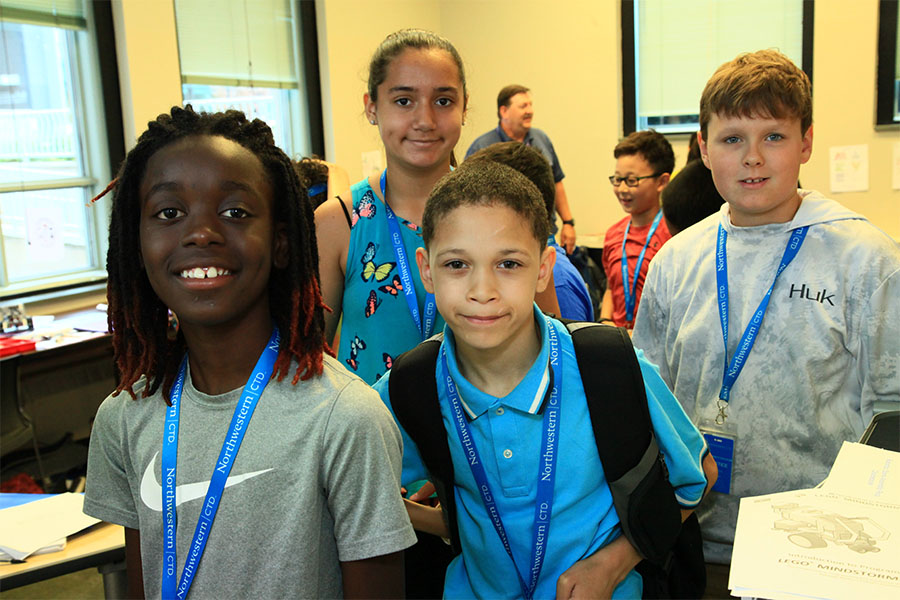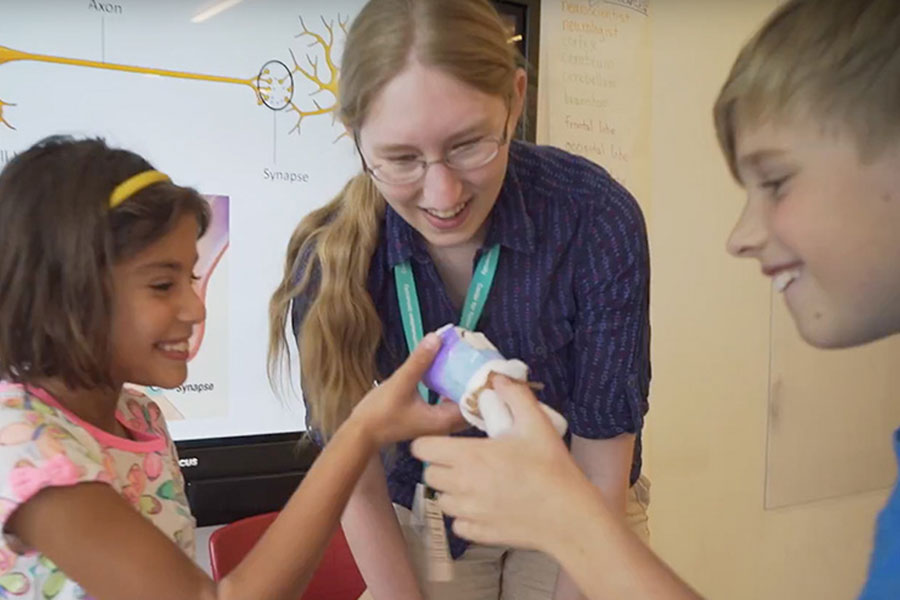by Ann Gadzikowski
Natural Readers
In Harper Lee’s well-loved novel, To Kill a Mockingbird, the character of Jean Louise nicknamed “Scout” learns to read at a very young age by following along as her father, Atticus Finch, reads aloud from the newspaper each evening. Scout reflects:
“I could not remember when the lines above Atticus’ moving finger separated into words, but I had stared at them all the evenings in my memory, listening to the news of the day… anything Atticus happened to be reading when I crawled into his lap every night. Until I feared I would lose it, I never loved to read. One does not love breathing.”
For Scout, as for many young children with an exceptional talent for language and words, learning to read is a natural, fluid process that happens even before formal reading instruction begins. These precocious young readers often become bored and frustrated in a general preschool or kindergarten classroom.
Challenging Reading Materials
Young children who are able to decode text and read independently need support and assistance from parents and teachers to find reading material that will challenge them and continue to expand their horizons. For these early readers, the key to selecting a captivating book is often the book’s subject, rather than its reading level. For example, a kindergarten child who loves cats and enjoys reading books about magic might be motivated to pick up Ursula Le Guin’s Catwings series, even though these books are ranked at a grade 4 reading level.
Even after children learn to read with fluency, they still enjoy and benefit from reading picture books. Comic books and graphic novels, such as the delightful Owly series by Andy Runton and the Babymouse series by Jennifer Holms, are also good selections for early readers.
A Community of Storytellers
Children who are advanced readers sometimes feel isolated from their peers in the general classroom environment. Engaging all children in story dictation and story acting is a great way to create a sense of community while still providing opportunities for early readers to advance their language and literacy skills.
The term “story dictation” refers to what happens when a child tells a story (or offers a narrative description of an event or person) and an adult or an older child writes down the child's words, exactly as the child has spoken them. In a preschool or kindergarten classroom, story dictation usually takes place during center time or free choice. The teacher and the child sit side by side at a low table. The teacher's pencil is poised above the blank page, like a diver about to plunge into the water. “How does your story begin?” asks the teacher. As the child begins to speak, the teacher's hand moves across the page, setting the day's story in motion.
Here’s an example of a brief but fascinating story dictated by a four-year-old. The story demonstrates the incorporation of storybook language, the structural elements of conflict and resolution, and a sophisticated use of poetic repetition and refrain:
“Once upon a time, a wind came blowing and blowing. Superbird came because there was danger and he saved me and Rachel. Then the sun came up and the curtains were blowing and blowing.”
Story dictation fosters children's language, literacy, social, and emotional development. Acting out the stories in small groups is an important opportunity for children to share their stories with others and build friendships. All the children benefit from these practices, but children who are early readers in particular are challenged and supported as they develop new language and literacy skills.
Resources for Additional Information
Children’s book reviews, features, and announcements of new releases: http://www.kidsreads.com/
Children’s book recommendations by children’s author and librarian Esme Raji Codell: http://www.planetesme.blogspot.com/
A former preschool teacher and director, Ann Gadzikowski coordinates the Leapfrog and Spark programs at Center for Talent Development. She is the author of Story Dictation: A Guide for Early Childhood Professionals (Redleaf Press, 2007) and is currently working on a new book for Redleaf Press with the working title How to Challenge Exceptionally Bright Young Children.

